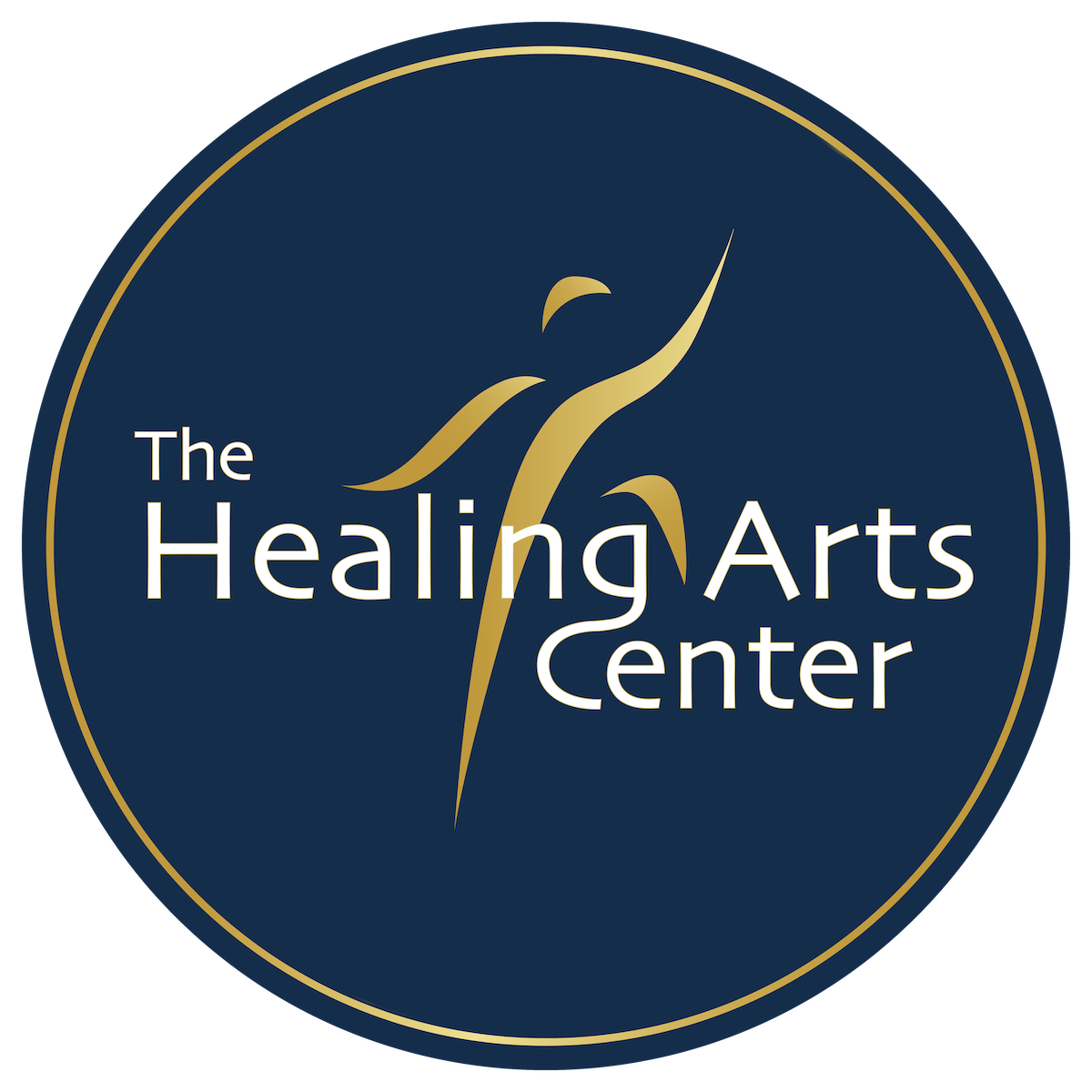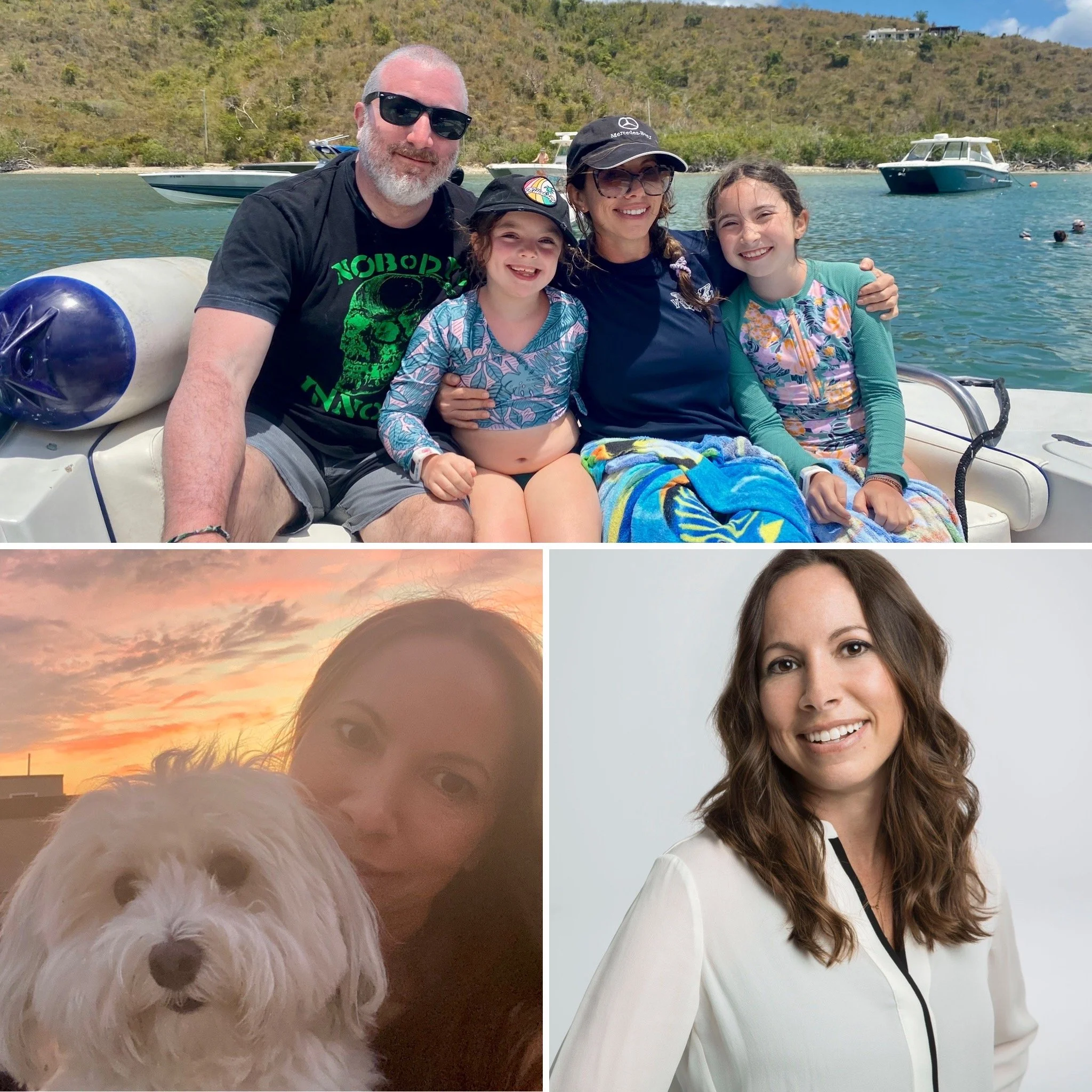Fall Newsletter: Fall Headaches, Spotlight on Julie & Research Confirms HAC IVF Acu Strategy
Most of us are craving some cooler temperatures and the outset of fall, but transition times are usually the worst for headache sufferers. First there’s the weather, with less humidity and an increase in barometric pressure. This can trigger headache symptoms all year long, but can be especially dramatic during the shift from summer to autumn 🤕. Fall also brings life changes like a return to school for teachers and students, finishing vacations and diving into work. This often leads to changes in sleeping patterns and caffeine intake, both of which are very common triggers for headaches. Then, of course, there are seasonal allergies 🤧.
Life’s always gonna change, so what can be done about it? Here are our 3 favorite things to help cope with the transition:
Know your triggers! - Keep a headache diary - when you feel one coming on, think of the circumstances of the day and the night leading up to it. Knowing really is half the battle.
Magnesium - this simple element, easily taken as a supplement at night, has been shown to help the body stay hydrated, reduce stress, help with sleep, and promote smooth bowel movements. It’s a weird combo but headache sufferers seem to improve when taking it during periods of greater headaches.
What about Acupuncture? There is ample evidence that Acupuncture can help reduce the quantity and severity of headaches and migraines. Maintaining your treatment regiment, whether it’s just doing your monthly check in or coming weekly through transition times, is a no-brainer for head pain sufferers. Most studies showed that consistency leads to relief.
Practitioner Spotlight: Julie Schwartz, L.OM.
What drew you to acupuncture?
I was first introduced to acupuncture while I was working at UCSF. I was working on clinical trials in the cancer center, some of which focused on acupuncture and Chinese herbal medicine to ameliorate the side effects of chemotherapy. Not only was I impressed with the outcomes of the trials, but I was also inspired by the acupuncturists with whom I worked. They seemed to possess qualities of being a true healer– they had this ability to make patients feel better by truly listening to them, and the placement of a few tiny pins could work wonders in rebalancing their bodies. It was clear to me that healing was happening, and I needed to understand how to do this. I started my graduate studies at the American College of Traditional Chinese Medicine, and it's now been almost 20 years working as an acupuncturist and herbalist.
Current hobby and why you love it?
I adore gardening and getting my hands dirty. I live in the city so I don’t have much of a yard, but I have a roof deck where I do container gardening. I am enjoying growing lots of herbs and fruits like strawberries, blueberries, and meyer lemons. This summer I am really enjoying my bright pink bougainvillea. My favorite time of day is sunset on the roof, where me and my pup Charlie water all the plants. Charlie is a 2 year old Havanese, and she’s my favorite gardening buddy. I also enjoy traveling with my family. We went to the US Virgin Islands this past spring, and did lots of snorkeling, and my kids will say the highlight was dining at a floating taco bar.
Patient interactions that touched you in some way?
I adore my work and am constantly impressed with its ability to help people. I have special training in treating patients with cancer, and find it very rewarding to help them get through their western treatments with as much ease as possible. There are some wonderful acupuncture points that work in boosting the immune system and keeping blood counts high enough to endure chemotherapy. I also really enjoy helping families with their fertility goals, and it's my favorite thing to run into the families with their kids around town years later.
You can catch Julie on Wednesday, Friday, and Saturday at our Old City location in Philadelphia.
Research Confirms Our IVF Transfer Approach
For the last 20 years, Steve and our Acupuncture team have been constantly adapting our Acupuncture approach to increase the chances of IVF lead to a live birth. Sometimes we just follow the research and sometimes we go our own way when we think we have a better idea. It’s vindicating to finally see two approaches that we pioneered years ago proven in research to be the right answer.
The first study shows that our single Acupuncture treatment approach to embryo transfer is spot on, just like our own data has shown. The study showed that live birth rates of IVF cycles are as good and often better than the old trend of doing two treatments both before and after. We made this change back in 2014 (and got a lot of pushback from some in the field), but we knew in time the data would prove us right and it sure did 👊.
The second study shows that electro-acupuncture does in fact positively change the endometrial lining (the part of the uterus where the embryo implants). Fertility specialists have been referring patients to us for years, and rightly so, to help increase the thickness and phase of the uterine lining when estrogen alone isn’t working. Sometimes this works after a single treatment, and sometimes it takes a few, but now the benefits are clear. We started doing this over 10 years ago when a study in Colorado used ultrasound to show that electro-acupuncture allows more blood to flow through the artery that goes to the uterus. The thought would be more blood flow equals a thicker lining, and sure enough that seems to be the case.



